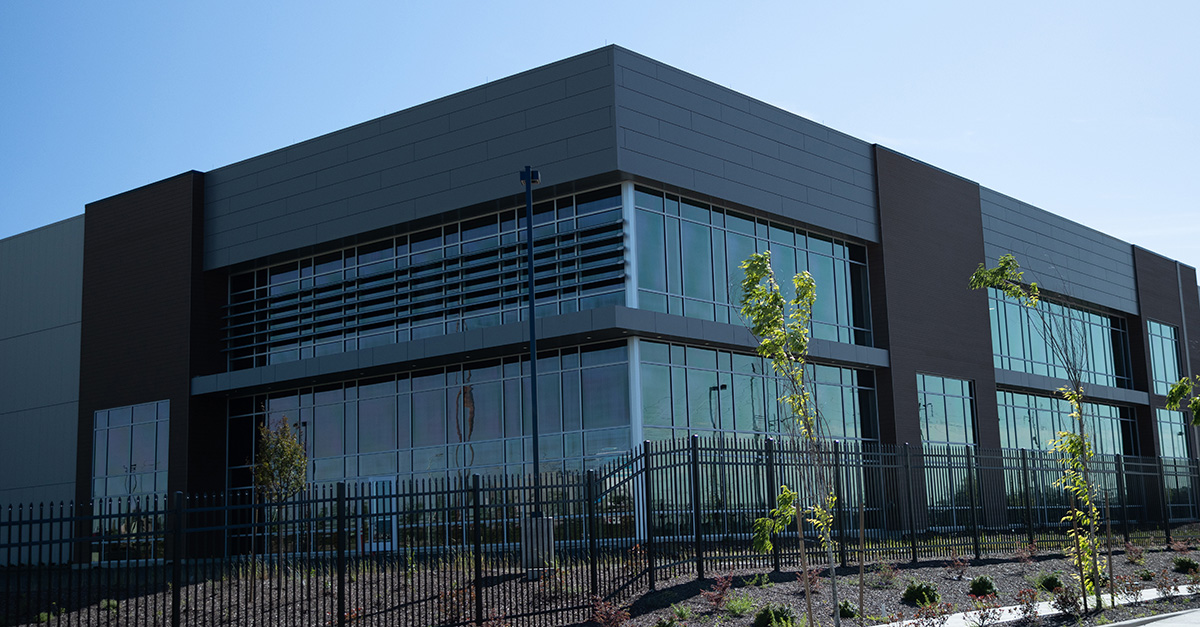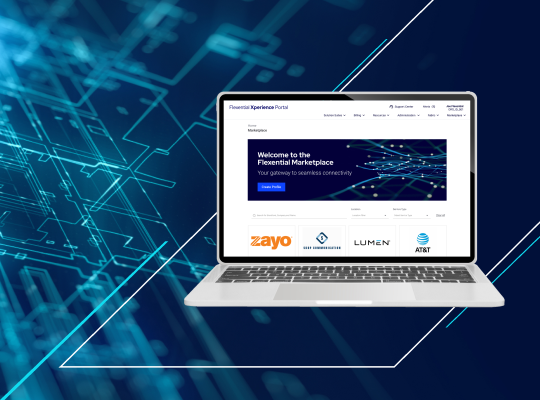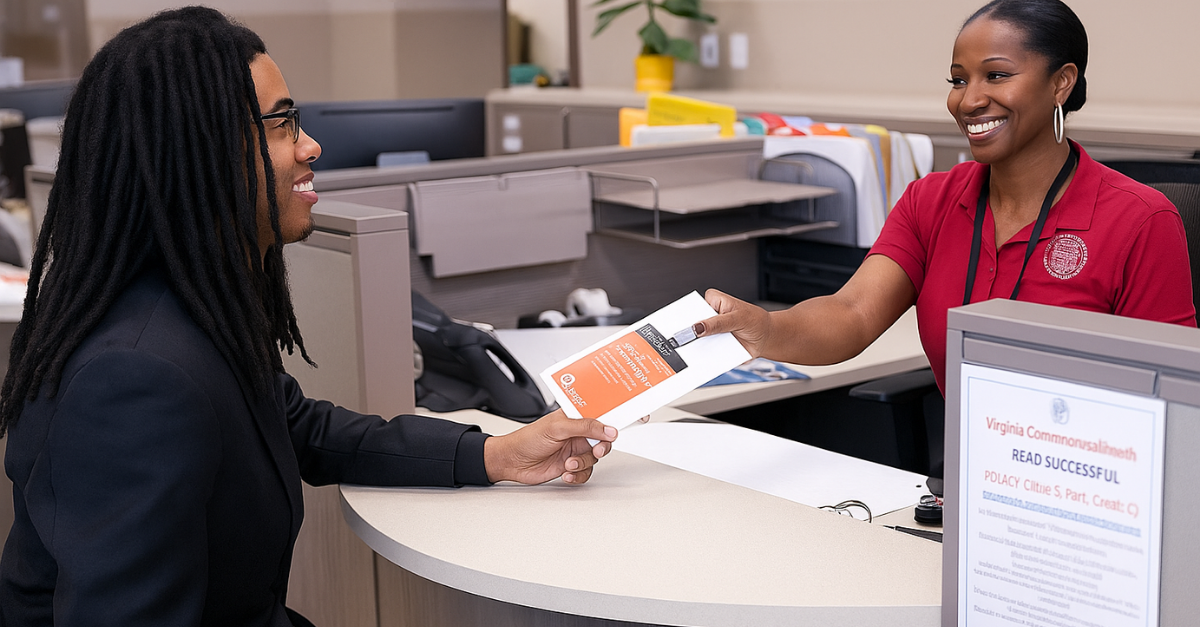Resources and insights
Get the knowledge your business needs to succeed, from the experts that know it best.
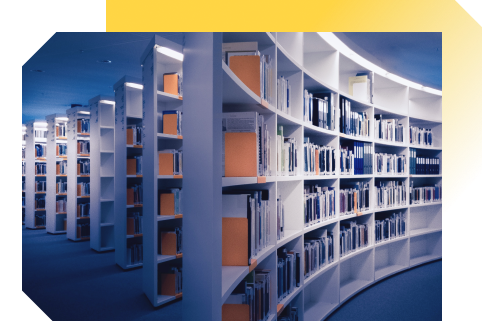
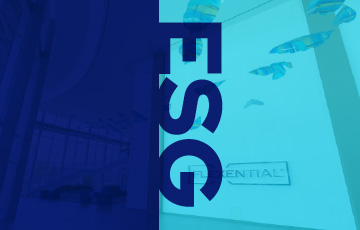
report
The Flexential ESG Report FY 2024
As we look ahead, Flexential remains dedicated to the path of innovation and responsibility. We are more committed than ever to harnessing the power of technology to further our ESG goals, ensuring that we continue to deliver high-quality, sustainable solutions to our customers.

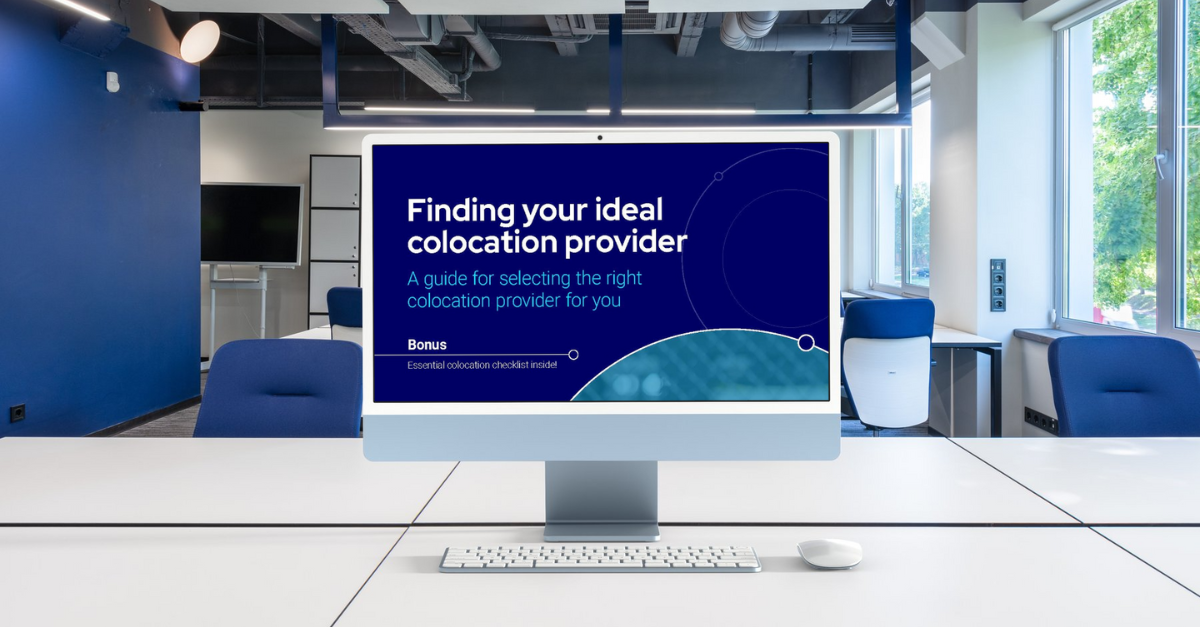
ebook
Finding your ideal colocation provider
A guide for selecting the right colocation provider for you
Choosing the right colocation provider is crucial to the success of your IT infrastructure strategy. Our comprehensive guide walks you through the essential factors to consider—from reliability and scalability to security and compliance. Use this checklist to make an informed decision and ensure your provider meets all your business requirements. Download the guide now and choose your provider with confidence.
Key takeaways:
- Understand the importance of provider reliability and financial stability.
- Evaluate critical security measures, compliance certifications, and audit processes.
- Assess location needs, scalability options, and network connectivity.
- Learn about energy efficiency, sustainability, and operational resilience.
- BONUS! Access an essential colocation checklist to help guide your decision.
Download the guide to ensure you select the right colocation provider for your business.

ebook
Plot your path to the best cloud choice for your business
Navigating hosted private cloud, multi-tenant cloud, and hybrid cloud options
Choosing the right cloud strategy is critical for balancing security, cost, and performance. But with multiple options available, how do you determine which model best aligns with your business needs?
Our latest eBook helps IT decision-makers explore hosted private cloud, multi-tenant cloud, and hybrid cloud to find the best fit for their infrastructure.
In this Ebook, you'll discover:
- The key differences between Hosted Private, Multi-Tenant, and Hybrid Cloud
- How to optimize security, compliance, and cost in your cloud strategy
- Enterprise use cases for each cloud model
- Strategies for future-proofing your cloud investment
Download the Ebook today and map out your best cloud path.

Dive deeper into key topics and trends to help you get the performance, reliability, and interconnectivity your business needs.

